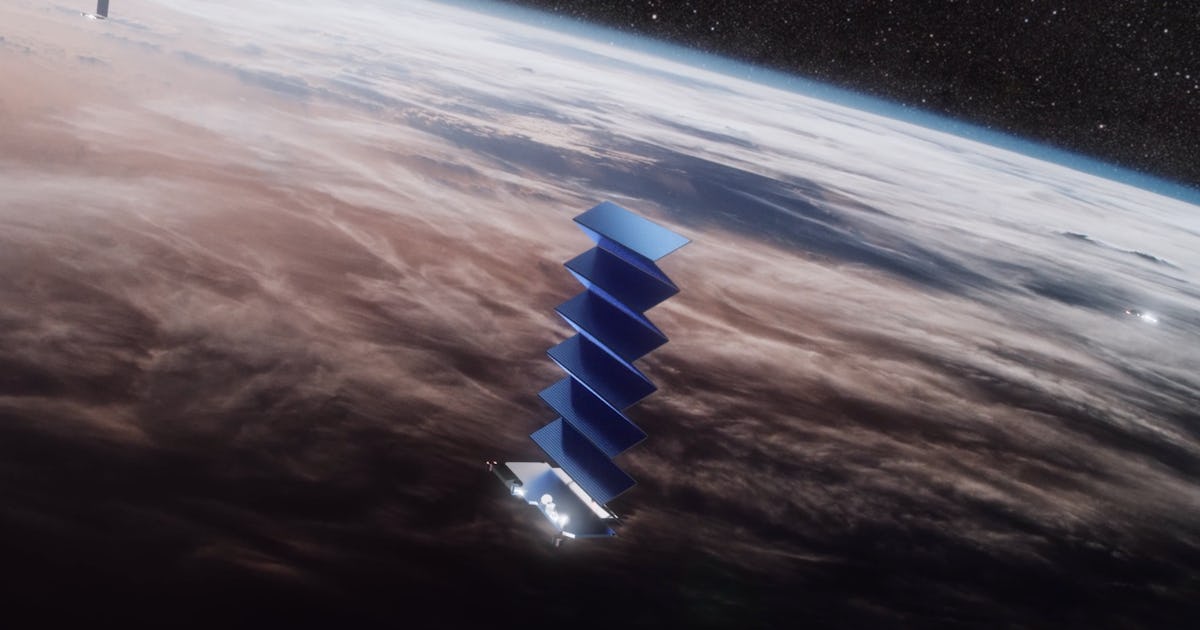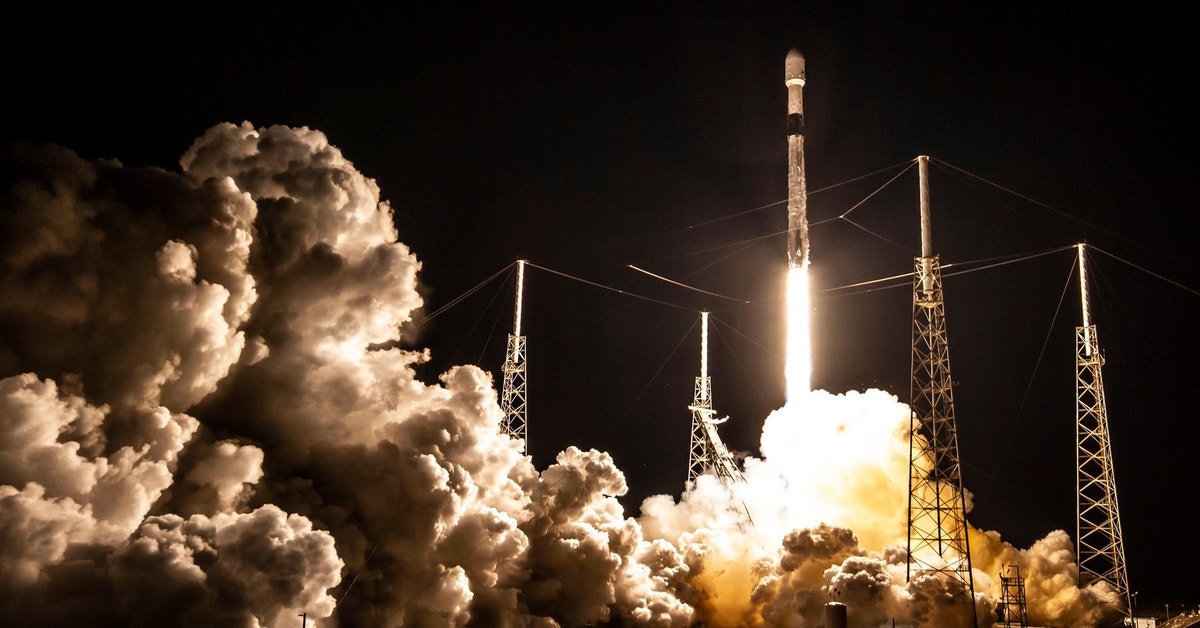SpaceX Successfully Deploys 22 Starlink Satellites to Low-Earth Orbit in Latest Launch from the USA

SpaceX Successfully Deploys 22 Starlink Satellites to Low-Earth Orbit in Latest Launch from the USA
The recent SpaceX mission marked a significant milestone for the company, as it propelled the total count of Starlink satellites launched to date beyond 5,000. Astrophysicist and satellite tracker Jonathan McDowell confirmed this achievement, noting that the tally stood at 4,983 prior to this particular mission.
SpaceX’s Starlink project aims to establish a vast constellation of satellites in low Earth orbit to provide global broadband internet coverage. The consistent addition of satellites to this network is a pivotal step in achieving comprehensive and reliable coverage across various regions of the world.
The continuous expansion of the Starlink satellite constellation showcases SpaceX’s ongoing commitment to advancing space-based technologies and expanding accessibility to high-speed internet services on a global scale. As SpaceX continues to launch more satellites, it moves closer to realizing its vision of enhancing connectivity and bridging digital divides across different parts of the globe.

The launch of the Starlink satellites took place aboard a Falcon 9 rocket, which blasted off from the Cape Canaveral Space Force Station in Florida at 9:05 p.m. EDT (0105 GMT on Sunday, Aug. 27). Approximately 8.5 minutes after liftoff, the Falcon 9’s first stage completed its journey back to Earth, executing a successful landing on the SpaceX drone ship named “Just Read the Instructions.” The drone ship was strategically positioned in the Atlantic Ocean to receive the returning first stage.
This precision landing technique is a hallmark of SpaceX’s approach to reusability in spaceflight. By successfully recovering and reusing the Falcon 9 first stage, SpaceX continues to push the boundaries of cost-effective space exploration and launch operations. The completion of this landing signifies another step toward the company’s goal of making space travel more sustainable and accessible.
The recent launch and landing of the Falcon 9 rocket featured a booster that had been utilized in previous missions. This particular booster has undergone three launches and landings, showcasing SpaceX’s commitment to reusability and demonstrating the viability of using the same hardware for multiple missions.
While the Falcon 9’s first stage completed its landing, the upper stage of the rocket continued its journey. This upper stage was scheduled to release the 22 Starlink satellites into low Earth orbit (LEO), approximately 65 minutes after the initial launch. These satellites are essential components of SpaceX’s Starlink network, which aims to provide global internet coverage through an interconnected constellation of satellites orbiting Earth’s lower atmosphere.

The recent Starlink launch occurred shortly after another significant SpaceX mission originating from Florida’s Space Coast. In the early hours of Saturday morning, the company successfully launched the Crew-7 mission, carrying a crew of four astronauts, to the International Space Station (ISS). The liftoff took place from NASA’s Kennedy Space Center, marking yet another accomplishment in SpaceX’s active involvement in crewed spaceflight operations.
These consecutive launches showcase SpaceX’s versatility in executing a wide range of missions, from deploying satellite constellations like Starlink to conducting crewed missions to the ISS. The company’s ability to manage and coordinate these diverse operations highlights its role in shaping the future of space exploration and commercial space travel.
The Crew-7 mission was originally slated for liftoff on Friday morning, August 25th. However, SpaceX made the decision to postpone the launch by 24 hours in order to conduct additional analyses and ensure all systems were in optimal condition for the mission.

Launch delays are not uncommon in the realm of space exploration, as the safety and success of each mission are of paramount importance. Technical evaluations, weather conditions, and other factors can prompt launch schedule adjustments to ensure that everything is in place for a smooth and successful journey. SpaceX’s commitment to thorough preparations underscores its dedication to upholding the highest standards of safety and reliability in its spaceflight operations.
While reaching a milestone of over 5,000 Starlink satellites is impressive, SpaceX’s plans for the Starlink constellation extend far beyond this number. The company has already obtained regulatory authorization to deploy up to 12,000 Starlink satellites in low Earth orbit (LEO). Moreover, SpaceX has submitted applications for permission to launch an additional approximately 30,000 Starlink satellites on top of the initial 12,000.

This ambitious expansion of the Starlink constellation underlines SpaceX’s commitment to enhancing global internet coverage and connectivity. The vast number of satellites planned for deployment reflects the company’s determination to bridge digital divides and provide internet access to underserved and remote regions across the globe. As the Starlink project continues to evolve, it has the potential to reshape how people access and utilize the internet on a global scale.




